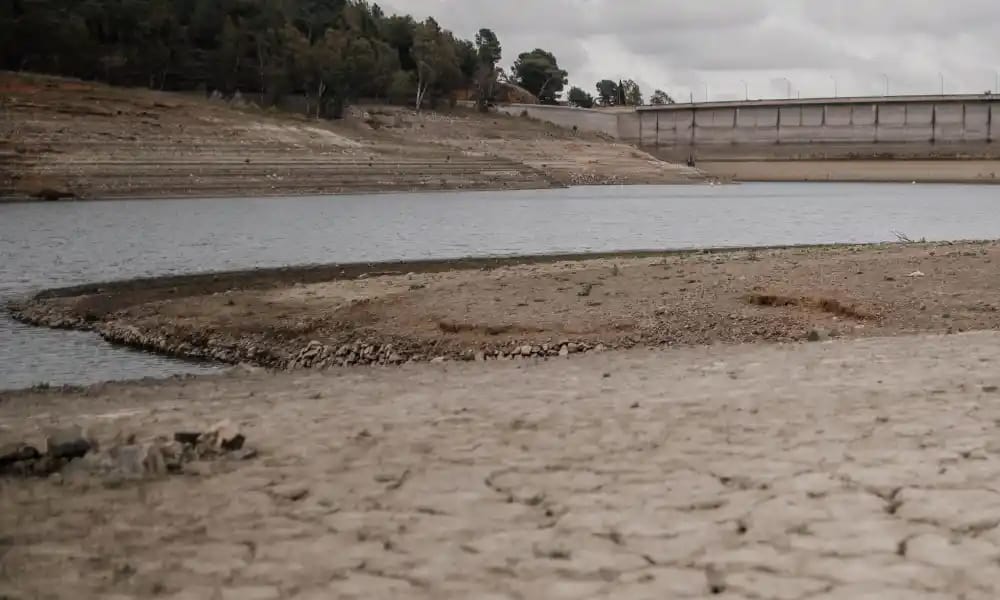
This mark represents the lowest level ever recorded in the region, generating a maximum alert due to the drought that has affected Catalonia in recent years.
Over the last three years, the region has faced a chronic drought, with a constant decrease in water levels in the reservoirs, showing a worrying and continuous trend.
Despite a brief respite with significant rainfall in May and June of this year, which increased reserves from 25% to 30%, the fall has not brought the expected rainfall, triggering a relentless decline to current levels.
Reservoirs reach historically low levels
The Catalan Water Agency, since 1976, the year records began, had never witnessed such a critical level in the reservoirs. This situation highlights the magnitude of the challenge facing the region in terms of water supply.
The director of the Catalan Water Agency, Samuel Reyes, raised the possibility of resorting to the arrival of ships with drinking water, a measure that was used during the 2008 drought. Although this option remains on the table, it is not considered a priority at this time.
Instead, measures are being implemented to improve water treatment and reuse plants for more efficient production, as well as awareness campaigns to encourage more responsible consumption among the population.
Reyes expressed concern about the lack of perception of the drought and the urgency of the situation in society, noting that many people are not aware of the seriousness of the problem, especially in urban areas where significant water supply cuts have not yet been felt.
In contrast, certain smaller municipalities and more affected areas have experienced tighter restrictions on consumption and supply cuts.
Different measures to mitigate shortages
The proposal to use boats with drinking water is proposed as a visual impact and awareness-raising measure, although priority is currently given to more immediate and effective actions to address the water crisis in the region.
The lack of widespread awareness of the severity of the drought represents an additional challenge in the management of this crisis, as awareness and the adoption of more sustainable practices by the population are key to mitigating the effects of this water scarcity.
The ACA plans to launch an awareness campaign to inform the population about the seriousness of the situation and the importance of taking responsible measures in water consumption.
In summary, the critical situation of the Catalan reservoirs highlights the urgent need to address the drought proactively, both through immediate water management measures and through a change in the perception and behavior of society in the face of this crisis.



